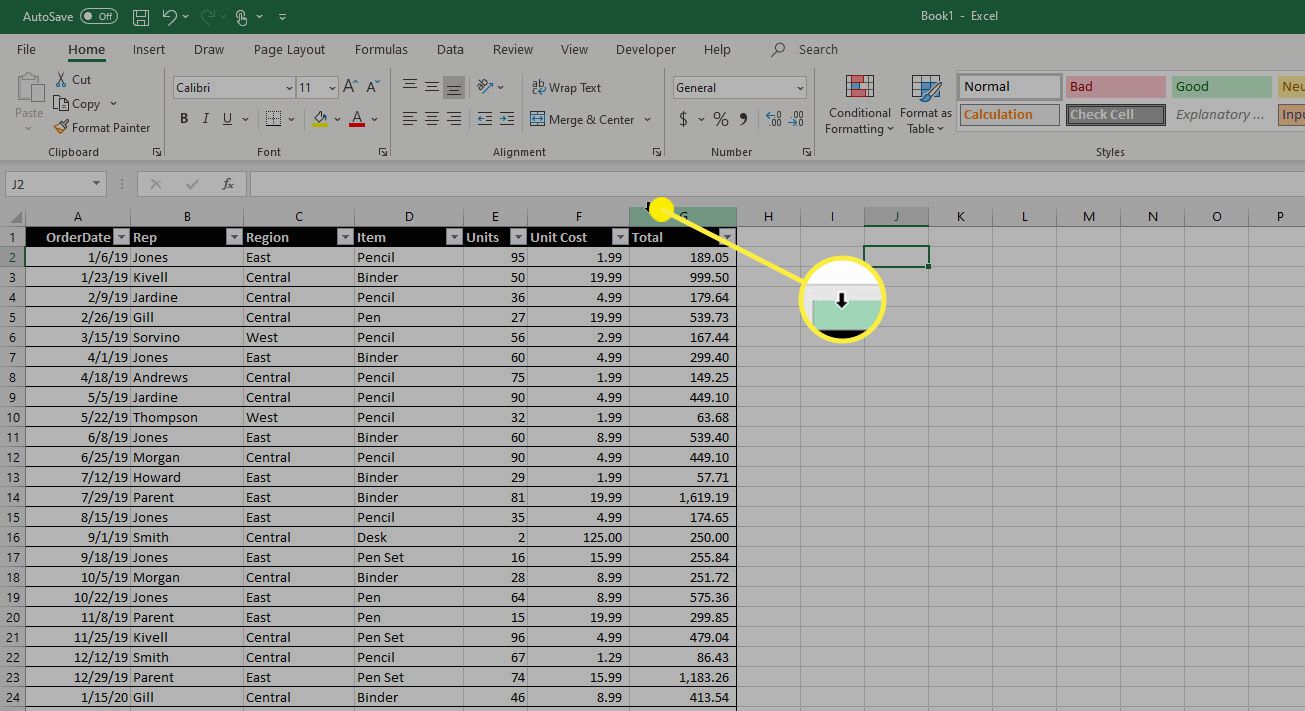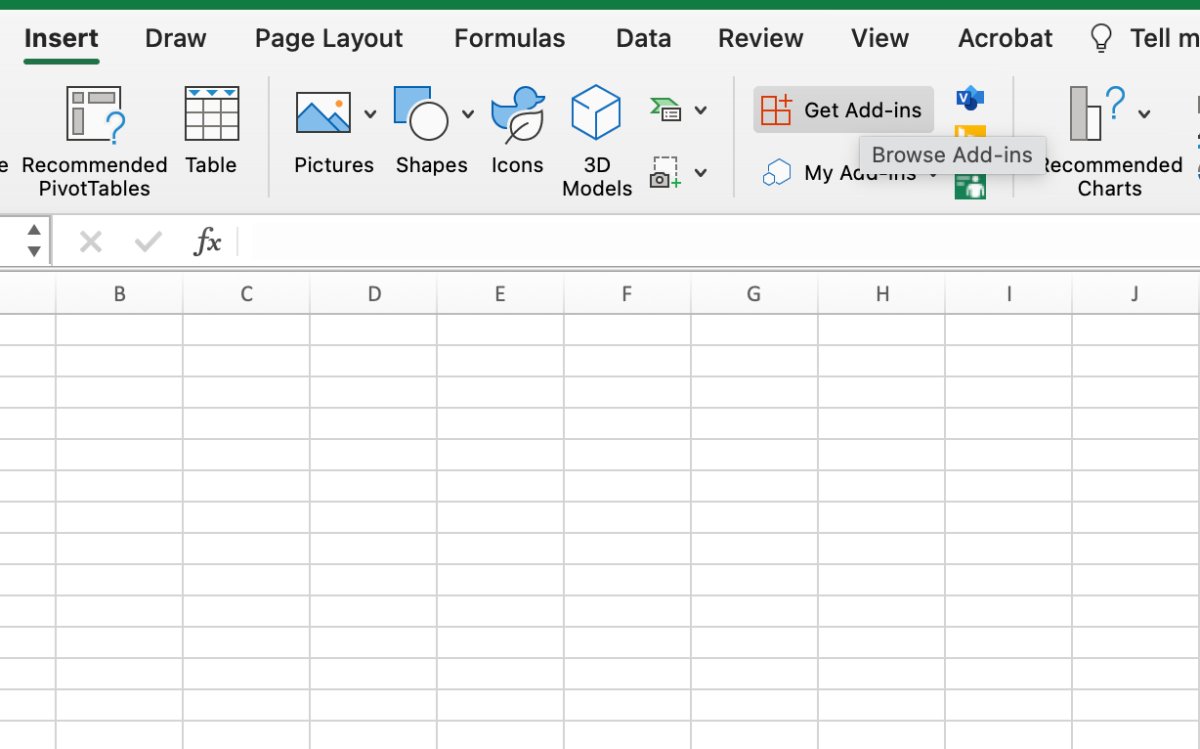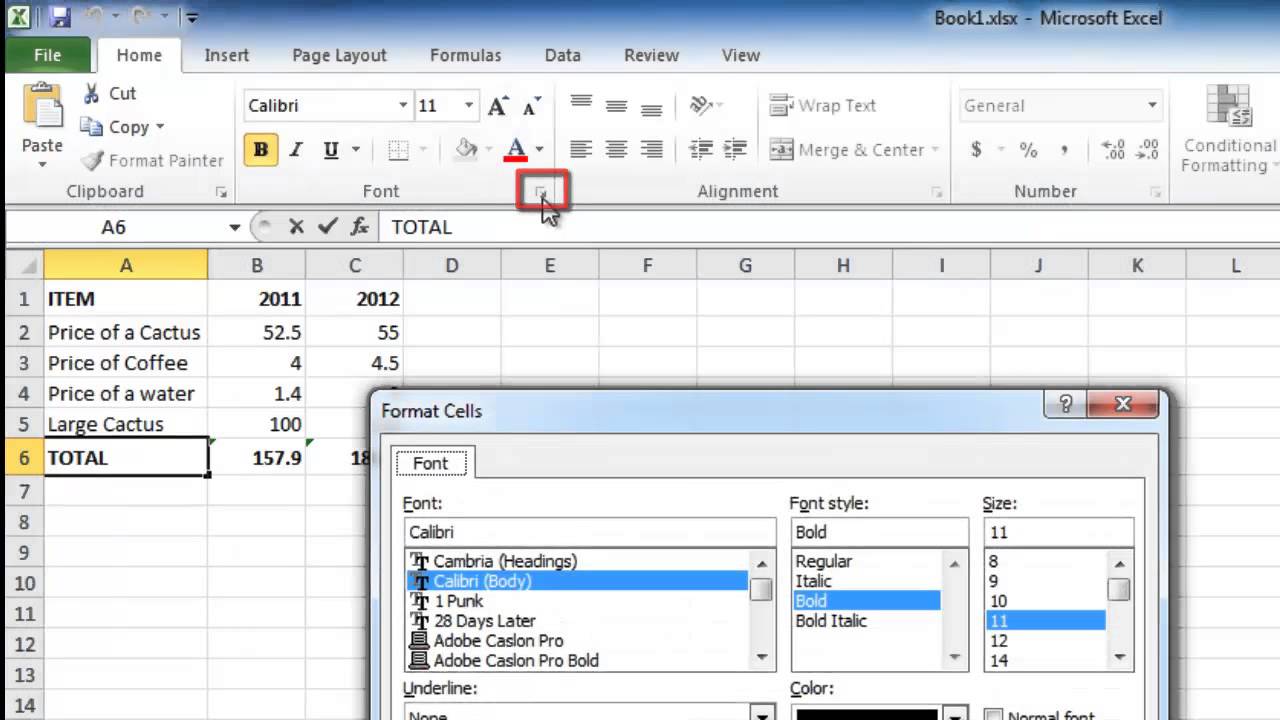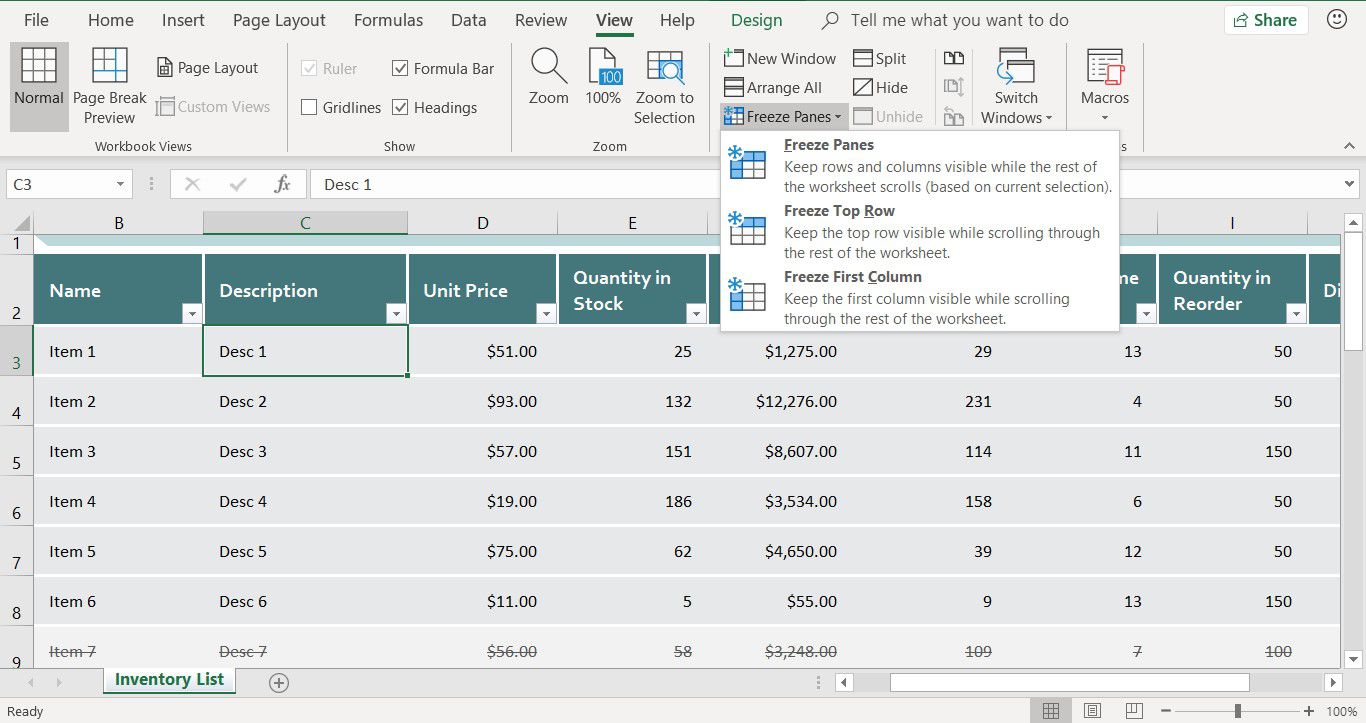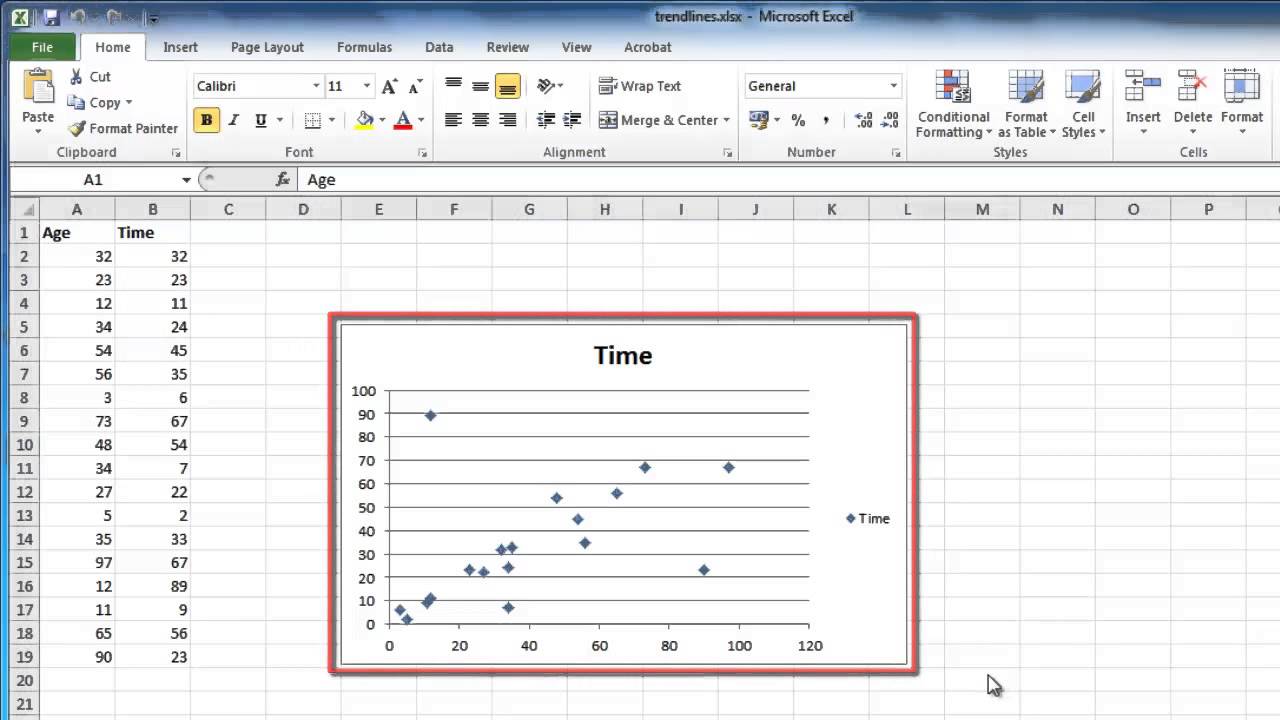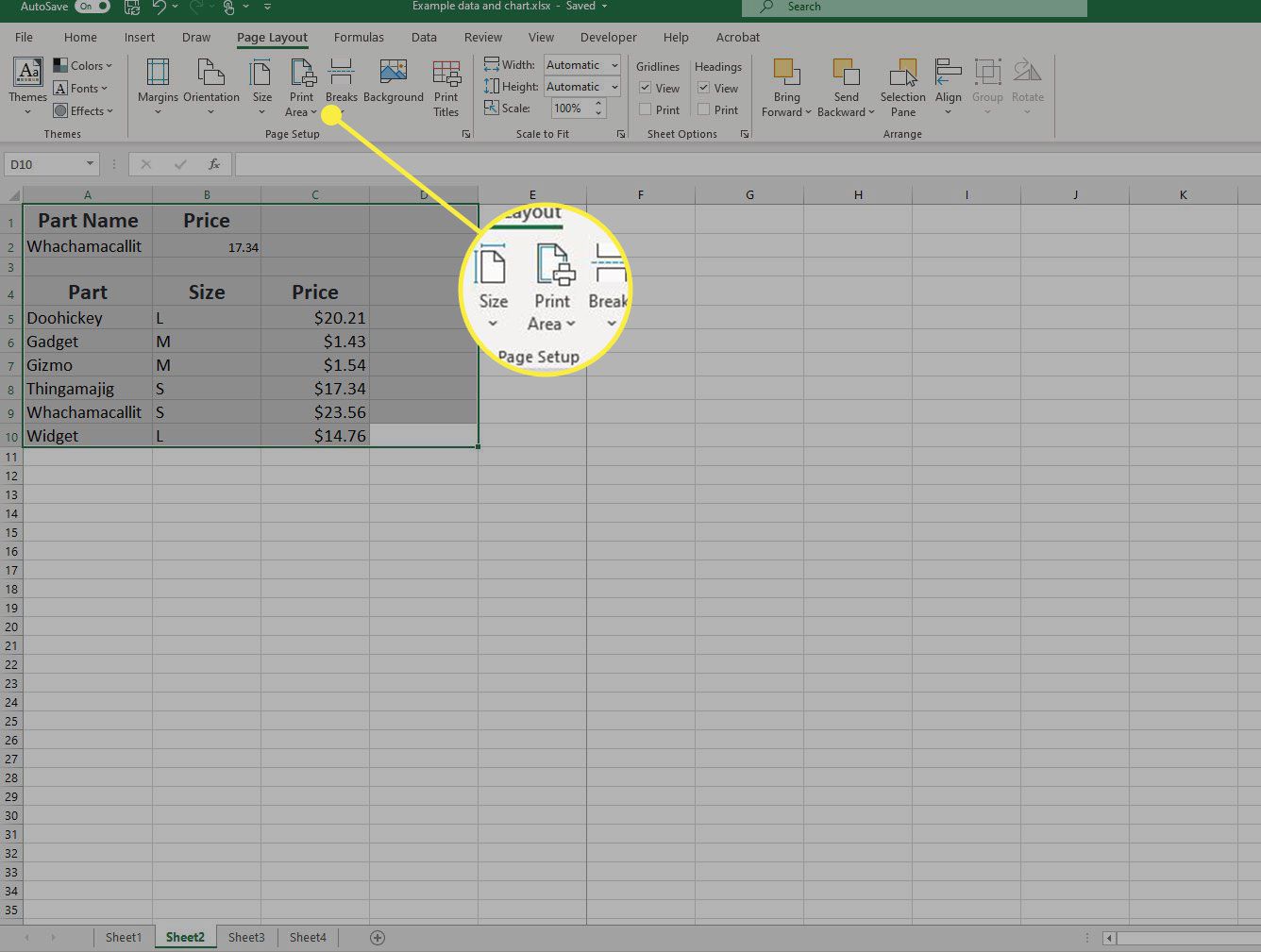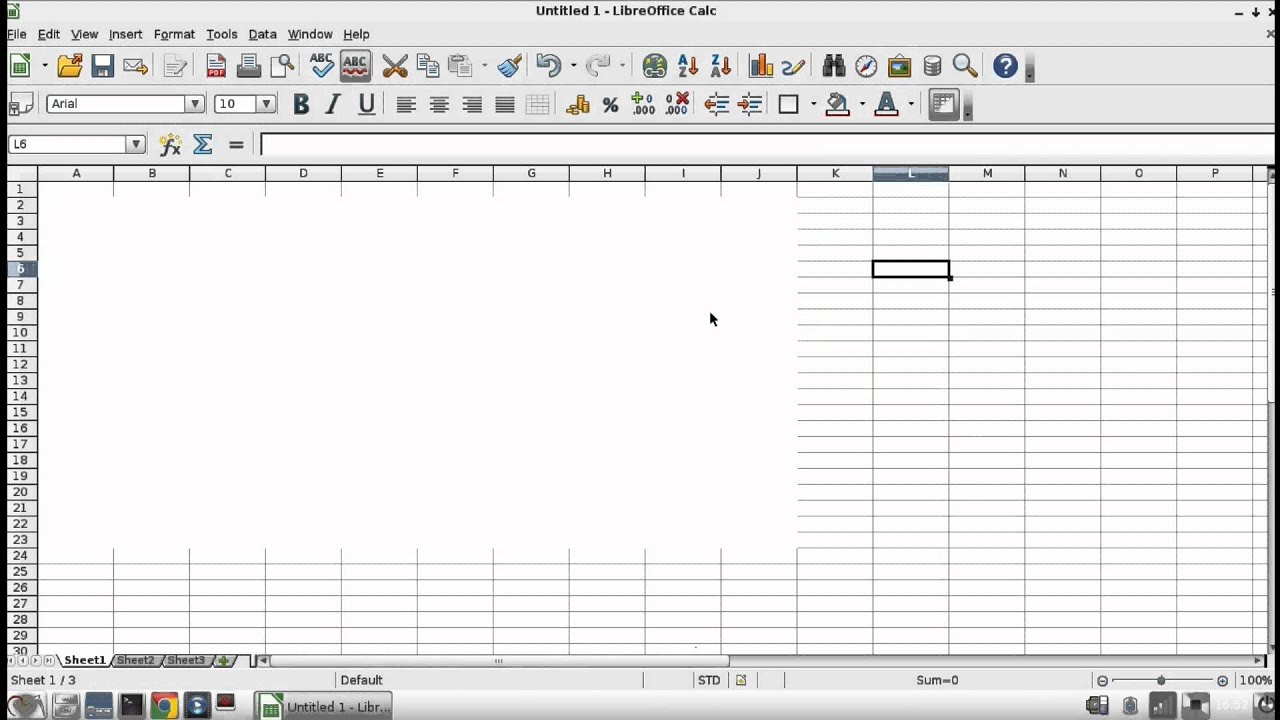Home>Technology and Computers>How To Move Cells In Excel
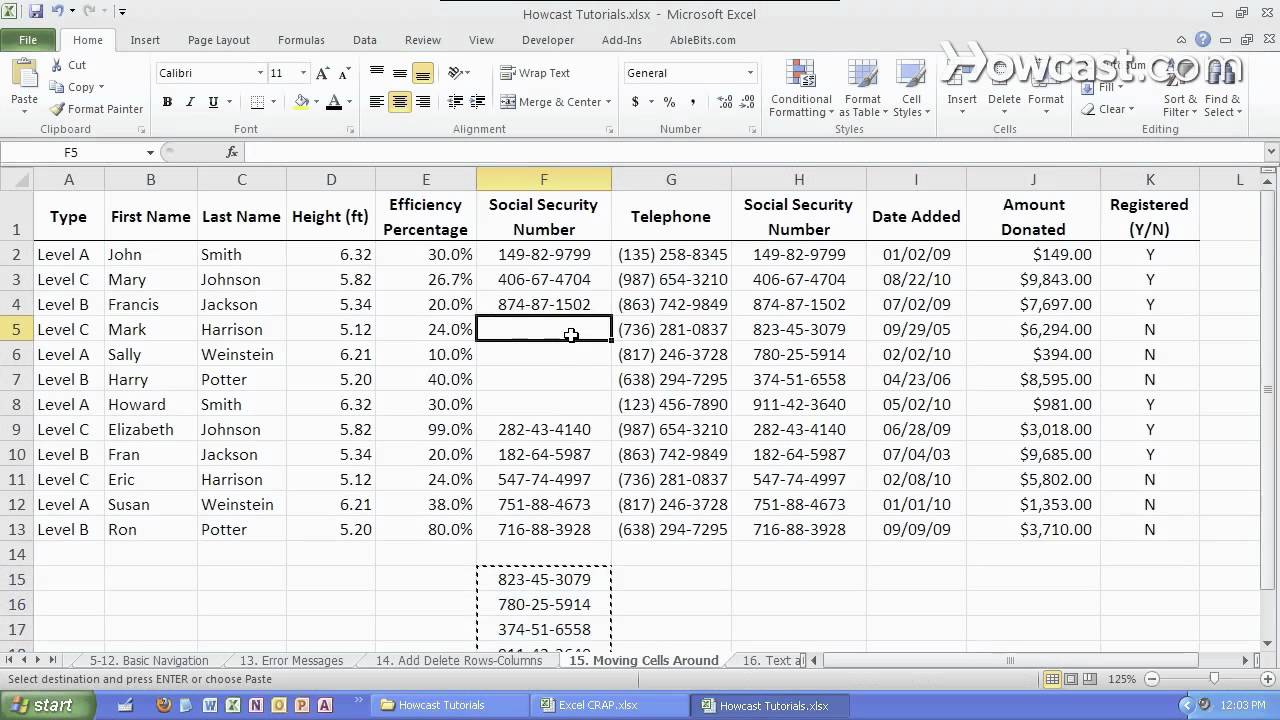

Technology and Computers
How To Move Cells In Excel
Published: March 1, 2024
Learn how to move cells in Excel with our comprehensive guide. Master the technology and computers aspect of Excel with our expert tips and tricks.
(Many of the links in this article redirect to a specific reviewed product. Your purchase of these products through affiliate links helps to generate commission for Noodls.com, at no extra cost. Learn more)
Table of Contents
Introduction
Moving cells in Excel is a fundamental skill that can significantly enhance your productivity and efficiency when working with spreadsheets. Whether you need to rearrange data, reorganize your layout, or simply tidy up your worksheet, knowing how to move cells seamlessly can save you valuable time and effort.
In this article, we will explore various methods for moving cells within an Excel worksheet. From basic techniques such as cutting and pasting to more advanced strategies involving keyboard shortcuts, you will gain a comprehensive understanding of how to manipulate cell positions with ease.
By mastering these techniques, you will be able to restructure your data, improve the visual presentation of your spreadsheets, and streamline your workflow. Whether you are a beginner looking to expand your Excel skills or an experienced user seeking to optimize your efficiency, the ability to move cells proficiently is a valuable asset that can empower you to work more effectively with your data.
Let's delve into the different approaches for moving cells in Excel, equipping you with the knowledge and confidence to rearrange and reposition your data with precision and finesse.
Read more: How To Move Rows In Excel
Selecting Cells to Move
Before you can move cells in Excel, it's essential to know how to select the specific cells or range of cells that you want to relocate. Excel offers several methods for selecting cells, each tailored to different scenarios and preferences.
Click and Drag
The most straightforward way to select cells is by clicking and dragging your cursor across the desired range. Start by positioning your cursor at the top-left corner of the cell range you want to select. Click and hold the left mouse button, then drag the cursor to the bottom-right corner of the range. Upon releasing the mouse button, the selected cells will be highlighted, ready for manipulation.
Keyboard Shortcuts
Excel provides convenient keyboard shortcuts for selecting cells. To select a single cell, simply click on it. To select a range of cells, click on the first cell, then hold down the Shift key while clicking on the last cell in the range. Alternatively, you can use the arrow keys in combination with the Shift key to extend the selection in the desired direction.
Selecting Entire Rows or Columns
If you need to move entire rows or columns, you can select them by clicking on the row number or column letter. To select multiple rows or columns, hold down the Shift key while clicking on the additional row numbers or column letters.
Read more: How To Select Multiple Cells In Excel
Selecting Non-Adjacent Cells
In some cases, you may need to select non-adjacent cells that are not contiguous. To do this, select the first range of cells, then hold down the Ctrl key while selecting the additional non-adjacent cells.
By mastering these techniques for selecting cells in Excel, you will be well-equipped to proceed with moving cells using the various methods available in the application. Whether you prefer the precision of keyboard shortcuts or the flexibility of click-and-drag selection, Excel offers a range of options to suit your individual workflow and preferences.
Cutting and Pasting Cells
One of the most common and straightforward methods for moving cells within an Excel worksheet is the process of cutting and pasting. This technique allows you to relocate cells from one location to another with ease, enabling you to reorganize your data and adjust the layout of your spreadsheet.
To cut and paste cells in Excel, follow these simple steps:
-
Select the Cells: Begin by selecting the cells that you want to move. You can use any of the selection methods mentioned earlier, such as click-and-drag, keyboard shortcuts, or selecting entire rows or columns.
-
Cut the Cells: Once the cells are selected, you can initiate the cutting process. Right-click on the selected cells and choose the "Cut" option from the context menu. Alternatively, you can use the keyboard shortcut Ctrl+X to cut the cells.
-
Navigate to the Destination: After cutting the cells, navigate to the destination where you want to paste them. Ensure that the destination area has enough space to accommodate the pasted cells without overwriting existing data.
-
Paste the Cells: Once you have reached the destination, right-click on the target cell and select the "Paste" option from the context menu. Alternatively, you can use the keyboard shortcut Ctrl+V to paste the cells into the new location.
By following these steps, you can effectively cut and paste cells within your Excel worksheet, seamlessly relocating data to suit your specific requirements. This method is particularly useful for reordering rows or columns, transferring data between different sections of a spreadsheet, or consolidating information from multiple sources into a cohesive layout.
Furthermore, the cut and paste technique preserves the integrity of the data being moved, ensuring that formulas, formatting, and other cell attributes are retained in the new location. This allows you to maintain the structure and functionality of your spreadsheet while making necessary adjustments to the arrangement of your data.
Mastering the art of cutting and pasting cells in Excel empowers you to manipulate your data with precision and efficiency, enabling you to optimize the layout and organization of your spreadsheets to better suit your analytical and presentation needs. Whether you are managing complex datasets or creating streamlined reports, the ability to move cells with confidence and accuracy is a valuable skill that can elevate your proficiency in Excel.
Dragging and Dropping Cells
Another intuitive method for moving cells within an Excel worksheet is the simple yet effective technique of dragging and dropping. This approach provides a visual and interactive way to rearrange data, offering a seamless experience for users who prefer a more hands-on approach to cell manipulation.
To drag and drop cells in Excel, follow these straightforward steps:
-
Select the Cells: Begin by selecting the cells that you want to move. You can use the click-and-drag method or any other selection technique mentioned earlier to highlight the desired range of cells.
-
Initiate the Drag: Once the cells are selected, position your cursor over the border of the selection. The cursor will change to a four-sided arrow, indicating that the cells are ready to be moved. Click and hold the left mouse button to initiate the drag action.
-
Drag to the Destination: With the cells in tow, drag the selection to the desired destination within the worksheet. As you move the cells, Excel provides a visual indicator of the cell range being dragged, allowing you to preview the placement before releasing the mouse button.
-
Drop the Cells: Once you have reached the destination, release the mouse button to drop the cells into the new location. Excel will seamlessly reposition the selected cells, adjusting the surrounding data to accommodate the move.
The dragging and dropping method offers a dynamic and interactive way to rearrange cells, providing a tactile experience that resonates with many users. This approach is particularly useful for quick reordering of data, ad-hoc adjustments to the layout, or on-the-fly reorganization of information within a spreadsheet.
Furthermore, dragging and dropping cells allows for real-time visualization of the cell movement, empowering users to make informed decisions about the placement of the data. This visual feedback can be invaluable when fine-tuning the layout of a worksheet, as it provides immediate insight into the impact of the cell relocation on the surrounding data.
By mastering the art of dragging and dropping cells in Excel, you can leverage a versatile and engaging method for repositioning your data with precision and fluidity. Whether you are arranging data for analysis, creating visually appealing reports, or simply optimizing the layout of your spreadsheet, the ability to move cells seamlessly through dragging and dropping is a valuable skill that enhances your proficiency in Excel.
Using the "Cut" and "Insert" Commands
In Excel, the "Cut" and "Insert" commands offer a powerful and versatile approach to moving cells within a worksheet. While the traditional cut-and-paste method involves relocating cells directly to a new location, the "Cut" and "Insert" commands provide a unique way to shift cells while making room for the moved data in a single step.
To utilize the "Cut" and "Insert" commands effectively, follow these steps:
-
Select the Cells: Begin by selecting the cells that you want to move. You can use any of the selection methods mentioned earlier, such as click-and-drag, keyboard shortcuts, or selecting entire rows or columns.
-
Cut the Cells: Once the cells are selected, initiate the cutting process. You can do this by right-clicking on the selected cells and choosing the "Cut" option from the context menu. Alternatively, you can use the keyboard shortcut Ctrl+X to cut the cells.
-
Navigate to the Destination: After cutting the cells, navigate to the destination where you want to insert the moved cells. Ensure that the destination area has enough space to accommodate the pasted cells without overwriting existing data.
-
Insert the Cells: With the destination selected, right-click on the target cell and choose the "Insert Cut Cells" option from the context menu. Alternatively, you can use the keyboard shortcut Ctrl++ (Ctrl and the plus sign) to insert the cells into the new location.
The "Cut" and "Insert" commands offer a unique advantage by seamlessly shifting the existing data in the destination area to make room for the moved cells. This means that you can effectively insert the cut cells without overwriting or displacing the data in the target location, ensuring a smooth and precise relocation process.
This method is particularly useful when you need to insert cells within an existing dataset, reorganize the layout of your spreadsheet, or make room for new data without disrupting the surrounding information. By leveraging the "Cut" and "Insert" commands, you can maintain the integrity and structure of your worksheet while efficiently rearranging your data to suit your specific requirements.
Mastering the art of using the "Cut" and "Insert" commands in Excel empowers you to manipulate your data with precision and finesse, enabling you to optimize the layout and organization of your spreadsheets with ease and confidence. Whether you are managing complex datasets, creating detailed reports, or simply fine-tuning the structure of your spreadsheet, the ability to move cells seamlessly using these commands is a valuable skill that enhances your proficiency in Excel.
Read more: How To Unhide All Cells In Excel
Moving Cells with Keyboard Shortcuts
In Excel, mastering keyboard shortcuts can significantly enhance your efficiency and speed when moving cells within a worksheet. These shortcuts provide a seamless and rapid way to manipulate data, offering a streamlined workflow for users who prefer to navigate Excel with keystrokes rather than mouse interactions.
Cut and Paste Shortcuts
One of the most commonly used keyboard shortcuts for moving cells is the combination of Ctrl+X to cut the selected cells and Ctrl+V to paste them into a new location. This method allows for quick and precise relocation of data without the need to navigate menus or use the mouse, making it an efficient choice for users who prefer a keyboard-centric approach to Excel tasks.
Shift and Arrow Keys
Excel also offers a powerful selection method using the Shift key in combination with the arrow keys. By selecting a cell and holding down the Shift key while pressing the arrow keys, you can extend the selection to encompass multiple cells in the desired direction. This technique is particularly useful for selecting contiguous ranges of cells for relocation, providing a rapid and flexible way to define the scope of the move.
Ctrl+X and Ctrl++ for Inserting Cells
For users who need to insert cells within an existing dataset, the Ctrl+X shortcut for cutting cells and the Ctrl++ shortcut for inserting cut cells offer a swift and precise method for repositioning data while making room for the moved cells. This approach streamlines the process of shifting cells within a worksheet, allowing for seamless integration of the cut cells into the new location without disrupting the surrounding data.
Read more: How To Insert A New Line In An Excel Cell
Ctrl and Mouse Drag
In addition to pure keyboard shortcuts, Excel also supports a hybrid approach that combines keyboard actions with mouse interactions. By holding down the Ctrl key while dragging the selected cells with the mouse, users can initiate a drag-and-drop action that allows for precise relocation of cells within the worksheet. This method provides a versatile way to move cells while leveraging the visual feedback and control offered by mouse interactions.
By familiarizing yourself with these keyboard shortcuts and incorporating them into your Excel workflow, you can optimize your productivity and precision when moving cells within a worksheet. Whether you are reorganizing data, adjusting the layout of your spreadsheet, or fine-tuning the presentation of your information, the ability to move cells with keyboard shortcuts empowers you to work with agility and finesse, enhancing your proficiency in Excel.
Conclusion
In conclusion, mastering the art of moving cells in Excel is a valuable skill that empowers users to manipulate data with precision, efficiency, and finesse. By exploring the various methods for relocating cells within a worksheet, including cutting and pasting, dragging and dropping, using the "Cut" and "Insert" commands, and leveraging keyboard shortcuts, users can optimize their workflow and enhance their proficiency in Excel.
The ability to seamlessly rearrange cells within a spreadsheet offers numerous benefits across different scenarios. Whether you are managing complex datasets, creating detailed reports, or simply organizing information for analysis, the techniques discussed in this article provide versatile and intuitive approaches to cell manipulation.
By understanding how to select cells effectively, users can lay the foundation for seamless cell movement. Whether utilizing click-and-drag, keyboard shortcuts, or non-adjacent cell selection, the ability to precisely define the scope of the move is essential for efficient data manipulation.
The traditional method of cutting and pasting cells offers a straightforward and reliable approach to relocating data within a worksheet. This technique is particularly useful for reordering rows or columns, transferring data between different sections of a spreadsheet, or consolidating information from multiple sources into a cohesive layout. The preservation of data integrity during the cut and paste process ensures that formulas, formatting, and other cell attributes are retained in the new location, maintaining the structure and functionality of the spreadsheet.
Furthermore, the intuitive method of dragging and dropping cells provides a dynamic and interactive way to rearrange data, offering real-time visualization of the cell movement and empowering users to make informed decisions about the placement of the data. This approach is particularly useful for quick reordering of data, ad-hoc adjustments to the layout, or on-the-fly reorganization of information within a spreadsheet.
The "Cut" and "Insert" commands offer a unique advantage by seamlessly shifting the existing data in the destination area to make room for the moved cells. This method is particularly useful when users need to insert cells within an existing dataset, reorganize the layout of their spreadsheet, or make room for new data without disrupting the surrounding information.
Finally, mastering keyboard shortcuts for moving cells within a worksheet can significantly enhance efficiency and speed. These shortcuts provide a seamless and rapid way to manipulate data, offering a streamlined workflow for users who prefer to navigate Excel with keystrokes rather than mouse interactions.
In essence, the ability to move cells proficiently in Excel is a valuable asset that can elevate users' proficiency in working with data. By leveraging the diverse methods and techniques discussed in this article, users can optimize their productivity, streamline their workflow, and enhance their overall experience with Excel.
